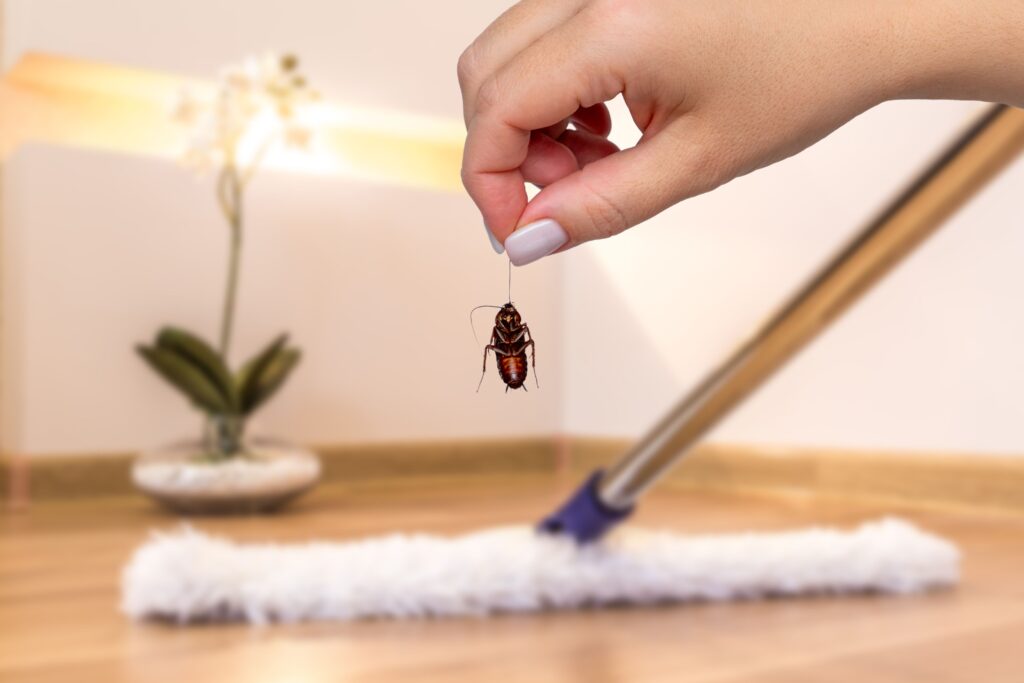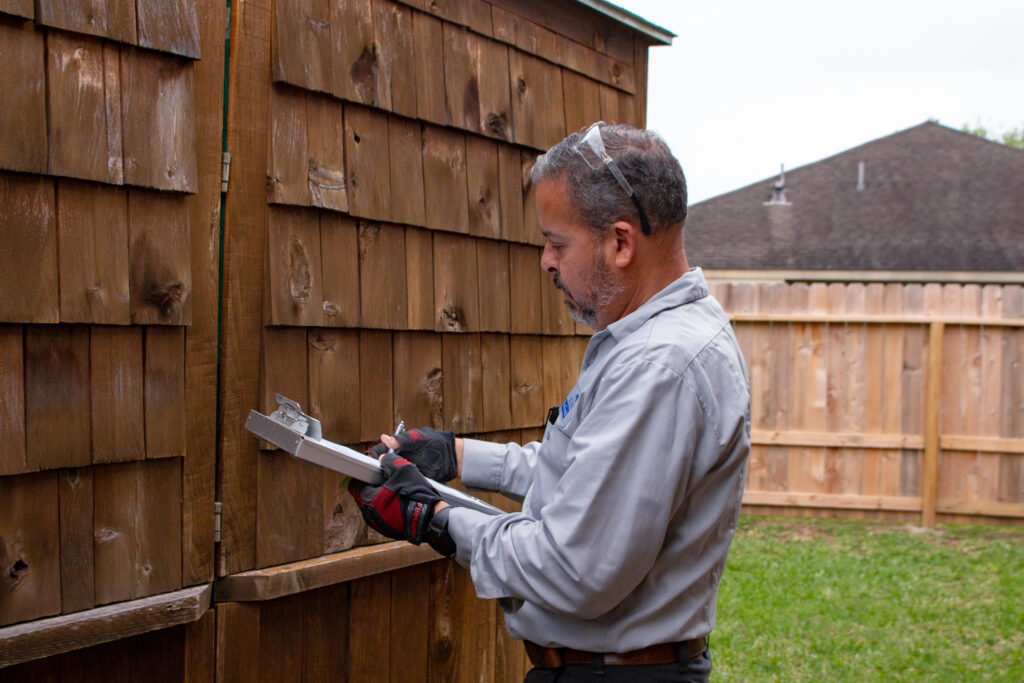Table of Contents
ToggleIntroduction: The Silent Invaders
We Choose to Overlook
Many people swat a mosquito. The next moment, there’s a mousetrap set in the pantry. Ultimately, ants trailing toward the kitchen crumbs are simply ignored. “It’s just one,” you rationalize. Or you might say, “I’ll deal with it later.” Does this scenario sound familiar? Although it’s common to dismiss pests as minor annoyances, the truth is stark: this way of thinking is a global blind spot—with potentially fatal consequences.
While everyone hurries through daily routines, pests fade into the background. However, every year, these uninvited guests inflict millions of deaths and billions in property damage, causing health crises and heartbreak worldwide. The root problem is more widespread than we realize: a dangerous lack of pest awareness.
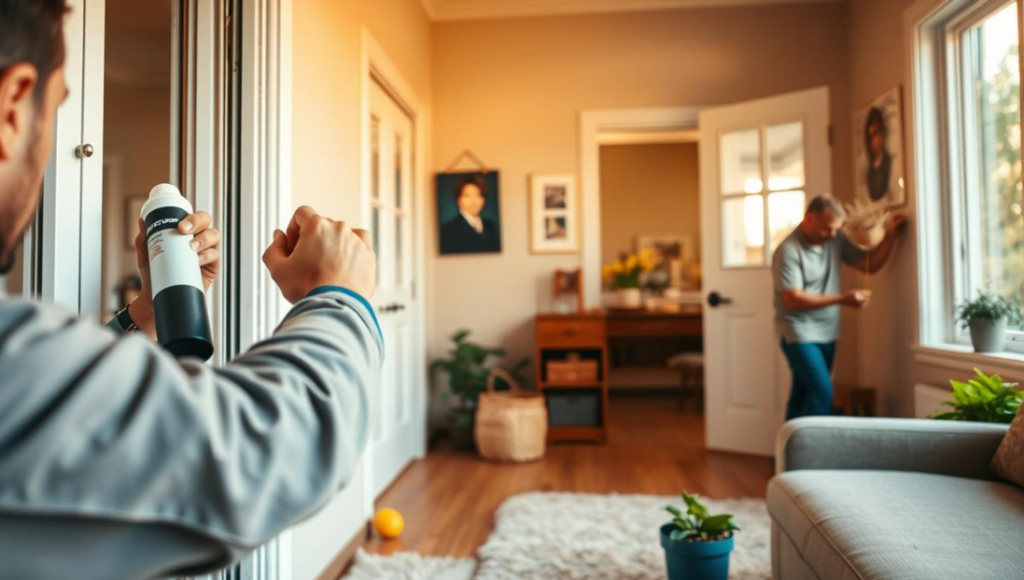
The Real Risk: Health and Wealth Under Siege
Hidden Dangers Lurking at Home
Most pests go unnoticed, yet they’re a threat to both health and home. These household pests slip in unnoticed, multiply rapidly, and can put your family’s well-being at real risk—often before you even realize they’re there.
Example Table: Major Pests, Diseases, and Global Impact
| Pest | Diseases/Conditions | Global Impact |
|---|---|---|
| Mosquitoes | Malaria, Dengue, Zika | 1 death every minute from malaria |
| Rodents | Hantavirus, Leptospirosis, Plague | 35% of global food contamination |
| Cockroaches | Asthma, Allergies, Salmonella | 7.5% of U.S. ER visits for asthma |
| Ticks | Lyme Disease, Rocky Mountain Fever | 476,000 U.S. Lyme cases annually |
Crushing Financial Consequences
Although health concerns are frightening, pest infestations can devastate a family’s finances. For instance, carpenter ants and termites hollow wood from within, making severe home damage invisible for years. By the time you notice the issue, repairs may be unaffordable. Moreover, mosquito-borne diseases cost economies $12 billion annually, according to the WHO.
The Cycle of Denial: Why Do We Ignore Pests?
The Psychology of Complacency
Out of Sight, Out of Mind
Pests hide in dark, inaccessible spaces—inside walls, under floors, and even inside furniture. Because of this, humans instinctively focus on obvious, immediate dangers. Slower threats, such as silent pest infestations, are ignored until property or health damage becomes visible.
Quick Fixes and False Security
DIY pest control tactics, such as sprays or traps, appear to offer quick solutions. However, these efforts usually fail to stop infestations from growing out of sight. Furthermore, pests quickly adapt to homemade traps and chemicals—making ongoing problems much worse.
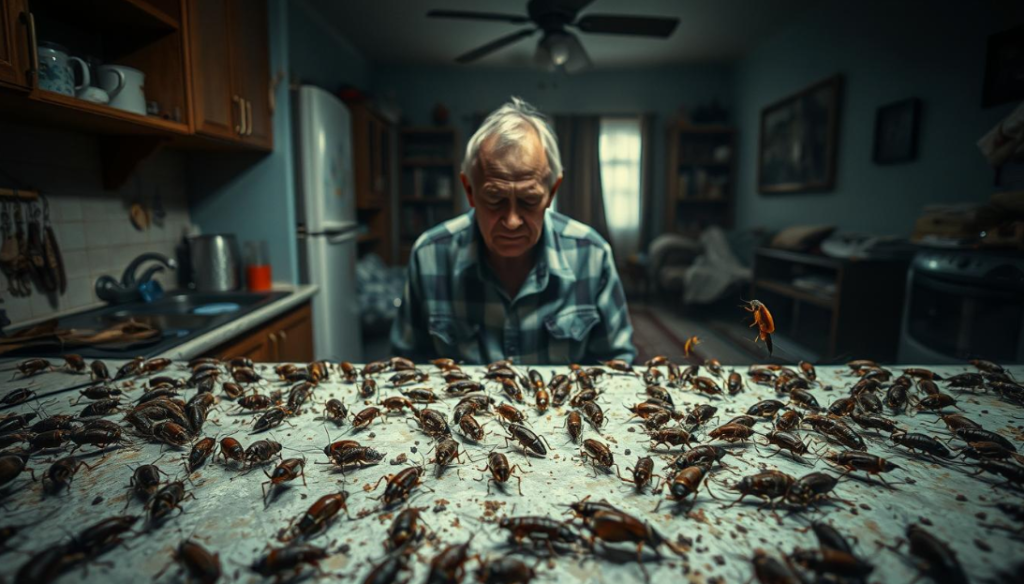
Social Shame, Cultural Silence, and the Real Cost
The Hidden Shame of Infestations
Because pests are often associated with uncleanliness or social stigma, many individuals remain silent about their pest issues. In a University of Kentucky survey, for example, 45% of renters hid bed bug infestations for fear of judgment or eviction. Unfortunately, this shame cycle allows infestations to grow unchecked, eventually spiraling out of control.
The True Cost of Ignorance
Every week that goes by without addressing a pest problem allows pest populations to multiply. Untreated pest infestations erode health, destroy property, and cause stress, strained relationships, and long-term financial harm.
The Hidden Health Impact: What Science Shows
Pests as Powerful Disease Vectors
Pests can carry a range of bacteria, viruses, and parasites, setting the stage for dangerous outbreaks. For example, cockroach allergens bind to household dust, causing asthma and allergies that linger for years. According to research from Johns Hopkins University, such allergens are a significant factor for hospitalizations among children.
Long-Term Consequences
- Chronic respiratory illnesses such as asthma and allergies.
- Food contamination and illness.
- Emotional distress, anxiety, and sleep loss due to the stress of living with pests.
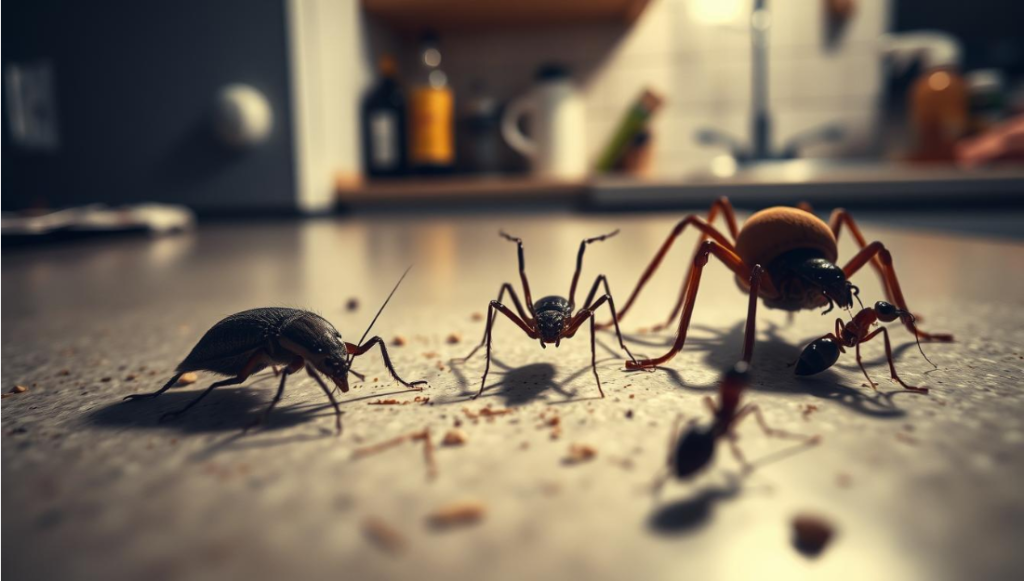
Breaking the Cycle: What Should You Do?
Audit Your Space
Start by inspecting behind and under all appliances. Check basements, attics, and storage spaces for droppings, chewed wires, weird smells, or stains—all signs of pest activity.
Seal Entry Points
Seal gaps with steel wool or caulk and repair window screens. Because pests are persistent, even tiny cracks are open invitations.
Act Without Shame or Delay
Don’t wait for “absolute proof.” If you notice any suspicious indicator, take immediate action and seek professional help if needed. Your health and the structural safety of your home are more important than any outdated stigma.
Community and Conversation
Have open discussions with neighbors or landlords about pest issues. When communities work together, widespread pest problems can often be controlled more quickly and affordably.
Conclusion: From Ignorance to Empowerment
Whenever you feel tempted to ignore that “one ant,” remember: it could be the tip of an iceberg. The real cost of overlooking pests is measured not just in ruined property, but in well-being, health, and peace of mind. Ultimately, a little vigilance today prevents heartache tomorrow.
As Dr. Thomas Scott warns: “The deadliest animal in the world isn’t the shark, bear, or snake. It’s the mosquito. Yet we spray it like a nuisance, not a serial killer.” — Dr. Thomas Scott, Entomologist, UC Davis
Call to Action: Stop Scrolling, Start Protecting
- Inspect Now: Spend 10 minutes checking dark corners.
- Share This Post: Tag someone who needs a pests awareness wake-up call.
- Demand Expertise: Book a free IPM consultation with a local pro.
- Stay Vigilant: Subscribe to our newsletter for monthly pest defense tips.
Your turn: Ever underestimated a pest? Share your story below—let’s normalize talking solutions, not shame.
FAQ
What are the most common household pests that I should be aware of?
Common pests include cockroaches, rodents, termites, carpenter ants, and bed bugs. Knowing about these pests helps you spot them early and manage them well.
How can I identify signs of pest infestation in my home?
Look for droppings, gnaw marks, nests, and strange sounds or smells. Seeing live pests or their eggs is also a clear sign.
What health risks are associated with common household pests?
These pests can spread diseases, cause allergies, and worsen breathing problems. They can also stress and worry you.
How can I prevent pest infestations in my home?
Seal entry points, keep your home clean, and store food right. Use natural or safe solutions. Regular checks and upkeep can also stop pests.
When should I call professional pest control services?
Call them if you see a lot of pests or damage. They can treat the problem and stop it from coming back.
What can I expect from professional pest control treatment?
Expect a detailed check, pest identification, and a plan just for you. They might use baits, traps, and other methods to get rid of pests.
How can I create a year-round pest prevention plan?
Make a plan with regular upkeep and seasonal checks. Teach your family about pests and how to stop them.
What are some effective DIY pest control methods?
Try sealing your home, using natural deterrents, and non-toxic solutions. Keep your place clean and tidy to avoid pests.
How can I modify my home to prevent pest infestations?
Seal entry points, remove clutter, and keep your yard clean. Use door sweeps and weatherstripping to keep pests out.
